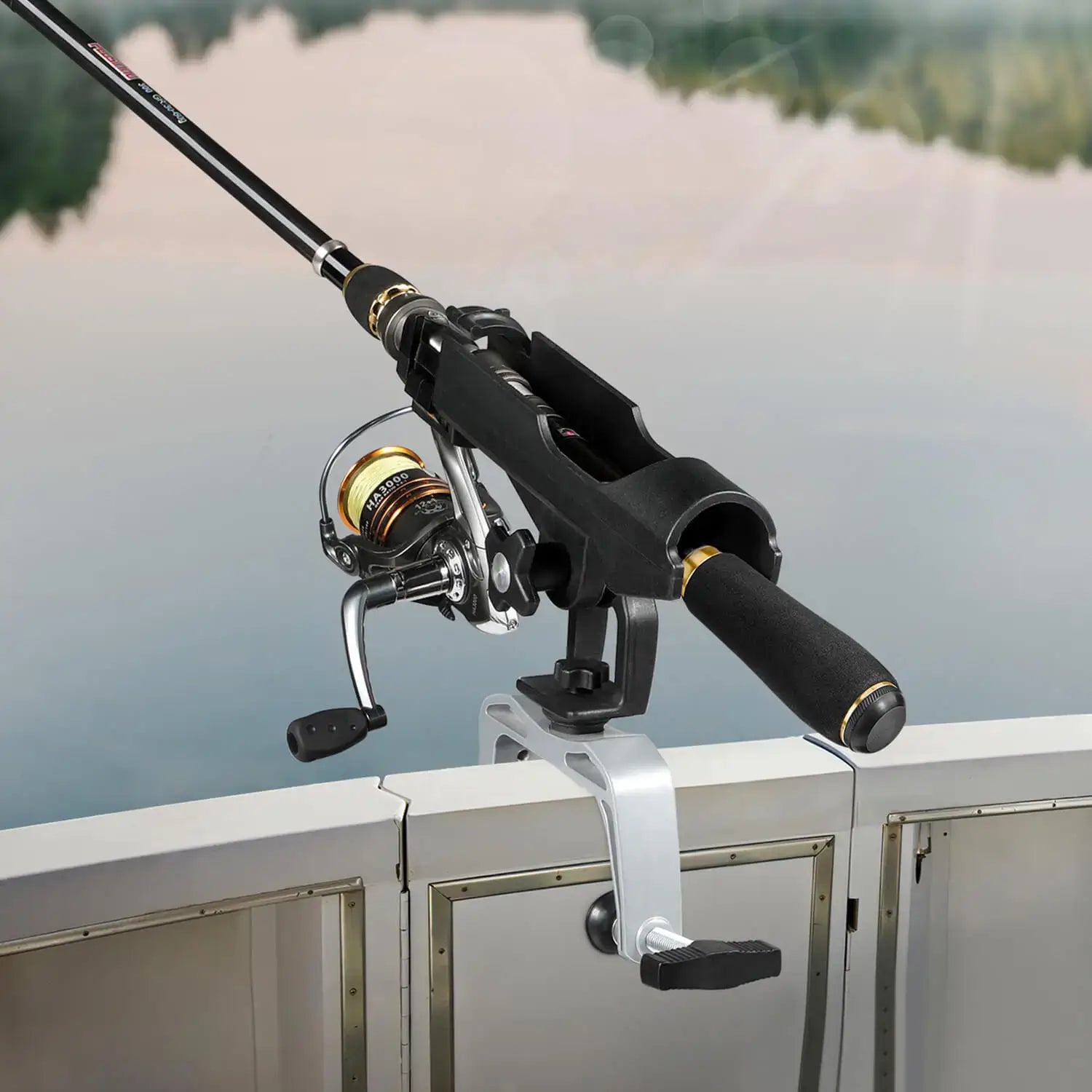When it comes to fishing, having a reliable and durable rod holder is essential. The role of material selection in building high-quality, durable rod holders cannot be overstated. The choice of materials directly impacts the performance, longevity, and overall quality of the rod holder. In this article, we will explore the importance of material selection and its impact on building rod holders that meet the highest standards of quality and durability.

The Significance of Material Selection
The role of material selection in building high-quality, durable rod holders is crucial for several reasons. Firstly, the material determines the strength and sturdiness of the rod holder. Fishing rods can exert significant force, especially when reeling in large fish. Therefore, the material used must be able to withstand these forces without bending or breaking.
Secondly, the material selection affects the rod holder's resistance to environmental factors such as saltwater, UV rays, and extreme temperatures. Fishing often takes place in harsh conditions, and the rod holder must be able to withstand exposure to these elements without deteriorating or corroding.
Lastly, the material choice also impacts the overall weight and portability of the rod holder. Anglers often need to transport their fishing gear to different locations, and a lightweight rod holder can make a significant difference in convenience and ease of use.
Common Materials Used in Rod Holders
There are several materials commonly used in the construction of rod holders. Each material has its own unique properties and advantages. Let's explore some of the most popular choices:
1. Stainless Steel
Stainless steel is a widely used material in the manufacturing of rod holders. It offers excellent strength and durability, making it suitable for heavy-duty fishing. Stainless steel is also highly resistant to corrosion, making it ideal for saltwater fishing. Additionally, it has a sleek and polished appearance, adding a touch of elegance to the rod holder.
2. Aluminum
Aluminum is another popular material for rod holders. It is lightweight, making it easy to transport and install. Aluminum also has good corrosion resistance, although not as high as stainless steel. However, it is more affordable and can still provide satisfactory durability for most fishing conditions.
3. Plastic
Plastic rod holders are often the most affordable option. They are lightweight and resistant to corrosion. However, plastic may not offer the same level of strength and durability as metal materials. It is more suitable for casual or recreational fishing rather than heavy-duty use.
4. Composite Materials
Composite materials, such as fiberglass or carbon fiber, are gaining popularity in the construction of rod holders. These materials offer a combination of strength, durability, and lightweight properties. They are also highly resistant to corrosion and can withstand harsh environmental conditions. However, composite materials tend to be more expensive compared to traditional options.
The Role of Material Selection in Building High-Quality, Durable Rod Holders
Material selection plays a vital role in building high-quality, durable rod holders. By choosing the right material, manufacturers can ensure that their rod holders meet the demands of anglers in terms of strength, durability, and resistance to environmental factors. The material must be able to withstand the forces exerted by fishing rods, resist corrosion, and maintain its structural integrity over time.
For example, a stainless steel rod holder is an excellent choice for anglers who frequently fish in saltwater environments. Its corrosion resistance properties ensure that it remains in top condition even after prolonged exposure to saltwater. On the other hand, an aluminum rod holder may be more suitable for anglers who prioritize portability and ease of installation.
Manufacturers can also innovate by combining different materials to create rod holders with enhanced performance. For instance, a rod holder with a stainless steel frame and a carbon fiber insert can offer the perfect balance of strength, durability, and lightweight design.
In Conclusion
The role of material selection in building high-quality, durable rod holders is paramount. The choice of materials directly impacts the strength, durability, resistance to environmental factors, and overall performance of the rod holder. Whether it is stainless steel, aluminum, plastic, or composite materials, each option has its own advantages and considerations. By understanding the significance of material selection, anglers can make informed decisions when choosing a rod holder that meets their specific needs and fishing conditions.



